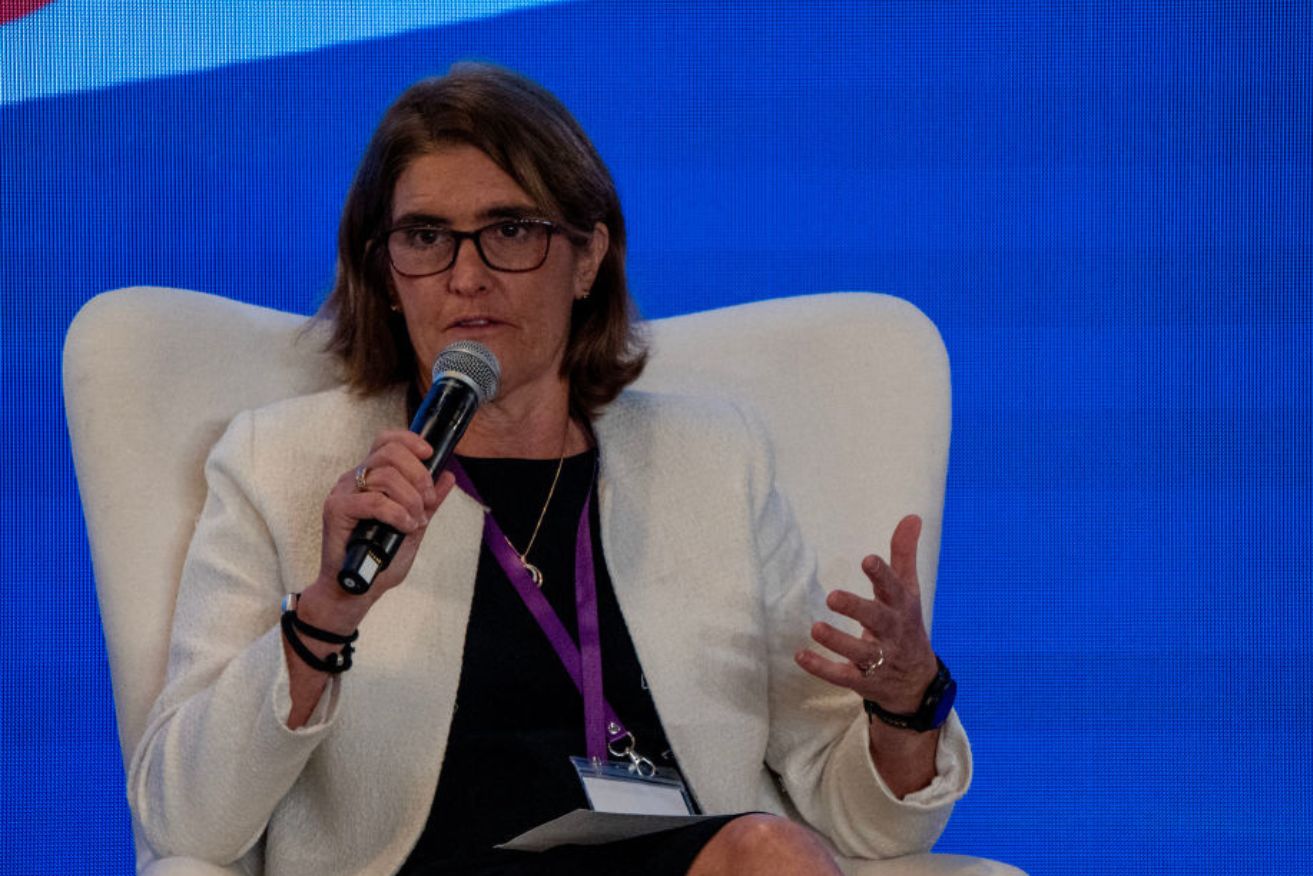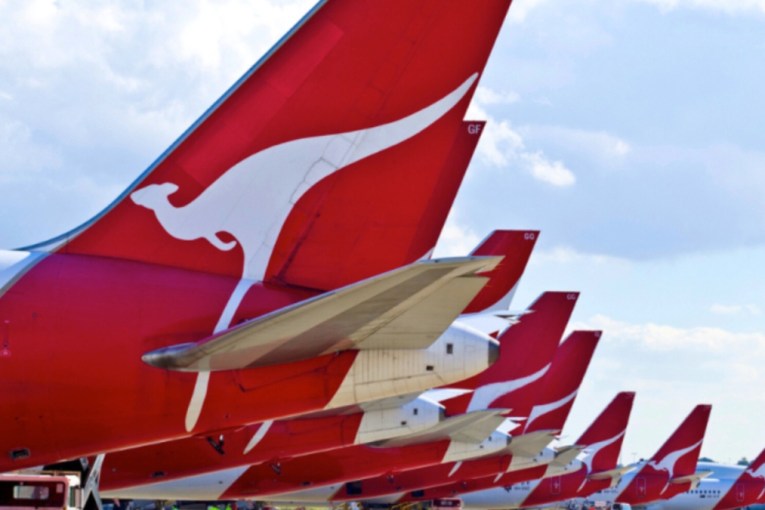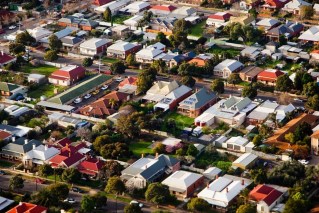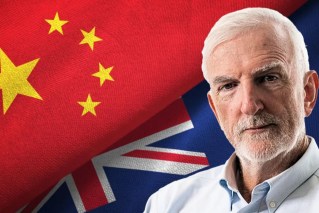Predictions vary, but interest rates are set to stabilise in 2024


The RBA's moves, led by its boss Michele Bullock, are being watched closely by economists. Photo: Getty
Rapidly rising interest rates strained many household budgets this year, but economists are predicting conditions will stabilise – or even ease – in 2024.
Commonwealth Bank chief economist Stephen Halmarick said this year’s rising interest rates may achieve the Reserve Bank of Australia’s (RBA) goal of a “soft landing” by slowing the economy without pushing it into recession.
Although there is no immediate cost-of-living relief in sight, he said the Australian economy is in “relatively good shape” and inflation is slowing down.
The bank expects the RBA will lower the cash rate by 75 basis points in the second half of 2024, starting in September.
An additional decrease of 75 basis points is expected in the second half of 2025, as inflation comes back into the RBA’s 2 to 3 per cent target range slightly earlier than the RBA is forecasting.
As of September, inflation sat at 5.4 per cent.
“CBA is forecasting the annual rate of inflation back at 3 per cent at the end of 2024, well ahead of the RBA’s current forecast and closer to the Commonwealth government’s latest forecast,” Halmarick said.
“We also expect the RBA to begin a modest monetary policy easing cycle from September 2024 onwards.”
Cash rate could remain stable instead of falling
Independent economist Saul Eslake took a moderate view of the year ahead, and told TND while he doesn’t expect the cash rate to rise in 2024, he doesn’t think it will fall either.
If inflation falls faster than the RBA has forecast, then cash rate cuts would be possible – but Eslake said it’s not likely inflation will fall that quickly, and he expects the cash rate will only start to fall in 2025.
There is also a small risk that the cash rate could rise if the next release of Consumer Price Index results show inflation is higher than expected, as occurred in November.
“I think inflation will be slower to come down here partly because of ongoing pressure on housing costs,” Eslake said.
“That is in turn driven by strong growth in population and slow growth in housing supply. And while population growth will probably slow a bit in 2024, I don’t think it’ll slow enough to cause house prices or rent inflation to slow [down].”
The RBA hasn’t raised interest rates as much as comparable central banks in other countries have done.
The US Federal Reserve interest rate is 5.25 to 5.5 per cent; the Bank of England’s bank rate is 5.25 per cent; the Reserve Bank of New Zealand’s cash rate is 5.5 per cent.
The RBA’s cash rate sits lower at 4.35 per cent, and a big hike is unlikely at this point even though inflation in Australia is higher than in the other countries listed, apart from New Zealand.
The RBA’s next cash rate decision will come on February 6.
“Our reserve bank has a slightly softer inflation target,” Eslake said.
“But in addition, I think they’ve made a conscious choice to tolerate inflation being a bit higher for longer than those other central banks in order to hang on to … the gains that have been made in reducing unemployment.”
Risk of rising inflation
Unexpected inflationary pressures could also arise in the coming months.
Some events that may already be driving up costs are attacks by Yemeni Houthi rebels on vessels in a crucial shipping channel which are forcing freight companies to sail longer routes at higher cost, as well as recent flooding in Queensland that may drive up fresh produce prices.
“The other thing to remember is that we are going to get a fiscal stimulus at the beginning of the September quarter in the form of stage-three tax cuts,” Eslake said.
“Yes, they’re skewed towards upper income earners who won’t spend every dollar that they get in those tax cuts. But nonetheless, people on incomes all the way down to $45,000 will get something.
“So I think it’s hard to imagine that the Reserve Bank would be doubling up on the fiscal stimulus by cutting interest rates when inflation is still likely to be well above their target.”
Higher unemployment doesn’t mean layoffs
Commonwealth Bank also forecasted that while employment growth will remain positive in 2024, the unemployment rate will move up to 4.5 per cent by the year’s end.
That unemployment rate forecast tracks with the RBA’s target.
But rising unemployment doesn’t necessarily mean mass layoffs await.
Eslake said it could signify employees working fewer hours, as well as limiting opportunities for newcomers to the job market, such as recent graduates and migrants.
“You need to look at hours worked and under-utilisation of workers; that is people who would like to work more hours if they could, but their employers aren’t asking them to,” he said.
“The second thing is … given the rate at which our population is growing, you need to create about 35,000 new jobs a month to stop the unemployment rate from going up.
“If you only create 20,000 new jobs a month, for example, then no one’s necessarily losing their job, but unemployment is going up because some people entering the workforce can’t find one.”








